Improve muscle tone, posture, and confidence with these simple moves.
If you're starting to notice sagging skin or a softer jawline, you're not alone. Many people assume it's purely a result of aging, but in most cases, the real issue is undertrained neck muscles (Moon et al., 2021; AbdEltawab et al., 2024). Just like your core or glutes, your neck responds to targeted training quickly and noticeably (The Prehab Guys, 2022).
At Iron Neck, we focus on building strength where it matters most starting with the muscles that support your spine and brain. Strengthening your neck not only improves its appearance but also helps with posture, mobility, and resilience (Na et al., 2018; Tian et al., 2025). Whether you're stuck at a desk all day, train hard in the gym, or just want to feel more confident in your body, these exercises are a solid first step (Sharmin et al., 2024).
Why Neck Tightening Exercises Matter
Your neck is home to more than 20 muscles responsible for head movement, posture, breathing, and even facial expression (Davies, 2024). When these muscles become weak due to long hours of sitting, poor posture, or simply neglect, they stop providing the support your skin and spine need (Lotfian et al., 2025).
As a result, your neck begins to droop, wrinkle, and lose definition. This creates what many refer to as a “turkey neck”—a condition often treated with expensive procedures or invasive treatments. But by reactivating and rebuilding these muscles through resistance training, you can reverse some of that sagging and restore youthful support and shape (Titcomb, 2024).
Training your neck is about more than how you look in the mirror. A strong neck improves your ability to hold your head high, breathe efficiently, and avoid common issues like tension headaches, forward head posture, and chronic stiffness (Sheikhhoseini et al., 2018).
The Benefits of Neck Strengthening
Training the neck leads to functional and aesthetic improvements. Here’s what consistent neck work can do for you:
1. Improve jawline and muscle tone: Resistance-based neck training helps define the muscles around your jaw and under the chin, giving a firmer, more sculpted look (Park & Lee, 2020; Blomgren et al., 2018).
2. Correct tech neck and poor posture: Strengthening deep stabilizers allows your head to sit naturally over your shoulders, reducing strain and visual slouching.(Sheikhhoseini et al., 2018; Çalışkan et al., 2024).
3. Support spinal alignment: A stronger neck reduces the load on your upper back and traps, relieving pressure and improving balance. (de Zoete et al., 2020; Physiopedia, 2025).
4. Reduce tension headaches: Neck tightness is a common trigger for headaches training helps release that tension.(MartínVera et al., 2023; Ylinen et al., 2006).
5. Improve circulation and skin health: Increased blood flow can help promote collagen activity and give your skin a healthier, firmer appearance.(Verywell Health, 2013; Pratt, 2024).
5 Neck-Tightening Exercises That Actually Work
You don’t need surgery, injections, or miracle creams. These five exercises target the muscles that actually shape and support your neck and jawline. All you need is consistency and good form.
1. Chin Tucks
Chin tucks strengthen the deep cervical flexors, which are crucial for posture correction and neck alignment. Research supports their effectiveness in reducing neck pain, improving posture, and enhancing muscle control (Joginder et al., 2023; Yong et al., 2023).

2. Neck Extensions with Resistance
This movement activates posterior cervical muscles, enhancing strength and endurance, particularly in people with chronic neck pain (Park & Lee, 2020).

3. Isometric Holds
Isometric exercises build endurance and stabilize the neck without full range of motion, making them ideal for pain relief and retraining proprioception (Dirito et al., 2024; Deng et al., 2021).

4. Lateral Neck Raises
Lateral neck training targets often-overlooked muscles like the scalenes and sternocleidomastoid, improving contour and symmetry (Park et al., 2020; Broady Jones et al., 2024).

5. Neck Rotations with Resistance
Rotational movements enhance mobility and correct side-to-side stiffness by activating underused rotator muscles (Akhter et al., 2024; Chen et al., 2018).

Bonus Tips to Accelerate Results
Combining targeted exercise with smart recovery and lifestyle strategies can maximize your neck-strengthening progress. Research supports several evidence-based tips:
1. Train 2–3 Times Per Week: Consistent neck-specific exercise 2–3 times weekly over 4–12 weeks has shown measurable improvements in strength, posture, and muscle size (Conley et al., 1997; Park & Lee, 2020; Gumuscu et al., 2023; Berg et al., 1994).
2. Prioritize Recovery: Sleep & Hydration: Recovery strategies such as quality sleep and hydration are critical for optimizing performance and muscle repair, especially in those with chronic pain (Daenen et al., 2015).
3. Watch Your Posture: Improving postural alignment by maintaining ear-shoulder alignment reduces strain and enhances the benefits of training (Park & Lee, 2020; Nazwar et al., 2024).
4. Use Resistance Tools: Tools like the Iron Neck and resistance bands allow for multidirectional loading and progressive overload, essential for stimulating hypertrophy in the neck (Conley et al., 1997; Bussières et al., 2016).
5. Combine Exercise Types: Programs that include strength, mobility, and aerobic training outperform single-modality routines in reducing pain and improving function (Avancini et al., 2023; Nazwar et al., 2024; O’Riordan et al., 2014).
6. Progress Gradually: Gradual increases in resistance and reps are necessary to avoid plateaus and injury (Androulakis Korakakis et al., 2023; Conley et al., 1997).
7. Individualize Your Program: Tailored approaches that consider the individual’s pain type, goals, and preferences lead to better outcomes (de Zoete, 2023; Sterling et al., 2019).
Real Stories: How Neck Strength Transformed Lives
We’ve seen thousands of people regain control over their posture, mobility, and confidence. Here’s what they’re saying:
Great for home rehab. — Frank R., Verified Buyer ⭐⭐⭐⭐⭐ (01/03/25)
“I have a medically compromised neck. After six months of using Iron Neck, it hasn’t fixed my main issue but it has improved my strength, mobility, stability, and muscle spasms"
Just do it. — Shawn S., Verified Buyer ⭐⭐⭐⭐⭐ (07/02/25)
“I had neck pain with hand tingling that I thought was only going to get worse leading to surgery. It’s only been about a month, but I have more hope than ever. I’ve had days with no pain at all… For me, it seems to realign the vertebra. Take your time and go slow with minimal resistance.”
FAQs: Neck Tightening Exercises
1. Do neck tightening exercises really work?
Yes when done consistently and with proper form, they activate and strengthen the muscles that support your neck and jawline. The result is improved tone, posture, and mobility.
2. How long before I see results?
Most people report noticeable changes in posture and tension relief within 2–3 weeks. Visible improvements in muscle tone and appearance can take 4–6 weeks with regular training.
3. Are these exercises safe for beginners?
Absolutely. The exercises in this guide are low-impact and scalable for all fitness levels. If you have any medical concerns, consult a physical therapist before starting.
4. Do I need equipment to do these exercises?
You can start with bodyweight and isometric holds, but tools like the Iron Neck or resistance bands can accelerate results by adding controlled resistance in all directions.
5. Is it safe to train the neck every day?
Your neck needs recovery like any other muscle group. Start with 2–3 sessions per week and allow time for adaptation. Overtraining can lead to stiffness or discomfort.
References :
Abd Eltawab, A. E. (2024). The effect of a rehabilitation neck exercise program on biomechanical head alignment, neck pain and disability among nursing students: A randomized controlled trial. Journal of Musculoskeletal Research.
Akhter, S., Alghadir, A. H., & Iqbal, A. (2024). Effects of integrating jaw opening and closing movements with active neck exercises in the management of chronic non-specific neck pain. Medicina, 60(3), 475. [https://doi.org/10.3390/medicina60030475]
Androulakis Korakakis, P., Padulo, J., & Tesch, P. A. (2023). Optimizing resistance training technique to maximize muscle hypertrophy: A narrative review. Journal of Functional Morphology and Kinesiology, 8(2), 50. [https://doi.org/10.3390/jfmk8020050]
Avancini, A., Tregnago, D., & Brunelli, A. (2023). Effect of exercise across the head and neck cancer continuum: A systematic review. Supportive Care in Cancer, 31, 4957–4971. [https://doi.org/10.1007/s00520-023-07857-2]
Berg, H. E., Tesch, P. A., & Eiken, O. (1994). Dynamic neck strength training: Effect on pain and function. Archives of Physical Medicine and Rehabilitation, 75(6), 661–665.
Blomgren, J., Strandell, E., & Kristjansson, E. (2018). Effects of deep cervical flexor training on impaired physiological functions associated with chronic neck pain: A systematic review. BMC Musculoskeletal Disorders, 19(1), 415. [https://doi.org/10.1186/s12891-018-2338-8]
Broady Jones, L., Cox, A., & Johnston, V. (2024). The influence of exercise on pain, disability and quality of life in office workers with chronic neck pain: A systematic review and meta-analysis. Applied Ergonomics, 116, 104093. [https://doi.org/10.1016/j.apergo.2024.104093]
Bussières, A., Stewart, G., & Al-Zoubi, F. (2016). The treatment of neck pain-associated disorders and whiplash-associated disorders: A clinical practice guideline. Journal of Manipulative and Physiological Therapeutics, 39(8), 523–564. [https://doi.org/10.1016/j.jmpt.2016.08.007]
Çalışkan, A., Yilmaz, T., & Demirci, M. (2024). The effect of various therapeutic exercises on forward head posture, rounded shoulders and thoracic kyphosis: A meta-analysis. BMC Musculoskeletal Disorders, 25(1), 172. [https://doi.org/10.1186/s12891-024-07224-4]
Chen, X., Coombes, B. K., & Sterling, M. (2018). Workplace-based interventions for neck pain in office workers: Systematic review and meta-analysis. Physical Therapy, 98(5), 385–401. [https://doi.org/10.1093/ptj/pzy022]
Conley, M. S., Meyer, R. A., Bloomberg, J. J., & Dudley, G. A. (1997). Resistance training specificity of neck muscle size and strength. European Journal of Applied Physiology and Occupational Physiology, 75(6), 443–448. [https://doi.org/10.1007/s004210050189]
Daenen, L., Nijs, J., & Cras, P. (2015). Exercise, not to exercise, or how to exercise in patients with chronic pain? Applying science to practice. The Clinical Journal of Pain, 31(2), 108–114. [https://doi.org/10.1097/AJP.0000000000000099]
Davies, J. (2024, May 20). Three ways to strengthen your neck muscles. The Times. Retrieved October 22, 2025, from [https://www.thetimes.co.uk/article/three-ways-to-strengthen-your-neck-muscles-djzbk08cm]
de Zoete, R. D. (2023). Exercise therapy for chronic neck pain: Tailoring person-centred approaches within contemporary management. Journal of Clinical Medicine, 12(3), 716. [https://doi.org/10.3390/jcm12030716]
de Zoete, R. D., Hoving, J. L., Sluiter, J. K., & Frings-Dresen, M. H. W. (2020). Comparative effectiveness of physical exercise interventions for chronic non-specific neck pain: A systematic review with network meta-analysis of 40 randomized controlled trials. British Journal of Sports Medicine. [https://doi.org/10.1136/bjsports-2020-102212]
Deng, C. L., Arnold, J. B., & Williams, C. M. (2021). An isometric neck strengthening program does not improve neck strength in elite women’s football-code athletes. Journal of Science and Medicine in Sport, 24(7), 643–648. [https://doi.org/10.1016/j.jsams.2020.11.012]
Dirito, A. M., Mew, E. T., & Tan, W. J. (2024). The effects of exercise on neuromuscular function in people with chronic neck pain: A systematic review and meta-analysis. PLOS ONE, 19(2), e0289345. [https://doi.org/10.1371/journal.pone.0289345]
Gumuscu, B. H., & Borman, P. (2023). Comparison of three different exercise trainings in patients with chronic neck pain: A randomized controlled study. The Korean Journal of Pain, 36(2), 145–153. [https://doi.org/10.3344/kjp.2023.36.2.145]
Joginder, J., Mehta, R., & Sharma, R. (2023). Efficacy of chin tuck exercises in three different positions on neck pain and functional disability in patients with cervical spondylosis. International Journal of Therapy and Rehabilitation Sciences, 12(4), 112–118.
Lotfian, S., Shokraneh, F., & Darbandi, T. (2025). The impact of forward head posture on neck muscle endurance and thickness in women with chronic neck pain. BMC Musculoskeletal Disorders. Advance online publication.
Martín Vera, D., Sánchez Sierra, A., González de la Flor, Á., García Pérez de Sevilla, G., Domínguez Balmaseda, D., & del Blanco Muñiz, J. Á. (2023). Efficacy of a strength-based exercise program in patients with chronic tension-type headache: A randomized controlled trial. Frontiers in Neurology, 14, 1256303. [https://doi.org/10.3389/fneur.2023.1256303]
Moon, H., et al. (2021). Effects of exercise on cervical muscle strength and cross-sectional area in thoracic hyperkyphosis. Scientific Reports, 11, 21174. [https://doi.org/10.1038/s41598-021-83344-4]
Na, J. G., et al. (2018). Effects of exercise type on neck disability, pain, and posture. Journal of Korean Society of Physical Medicine, 13(4), 79–87.
Nazwar, T., Fatimah, A. R., & Zulkarnain, Z. (2024). Impact of physical exercise on repairing craniovertebral and reducing neck pain: A systematic review. Journal of Craniovertebral Junction & Spine, 15(1), 17–23. [https://doi.org/10.4103/jcvjs.jcvjs_94_23]
O’Riordan, C., Clifford, A. M., & van Deursen, R. (2014). Chronic neck pain and exercise interventions: Frequency, intensity, time, and type principle. Archives of Physical Medicine and Rehabilitation, 95(4), 770–783. [https://doi.org/10.1016/j.apmr.2013.10.005]
Park, S. H., & Lee, H. J. (2020). Effects of lower trapezius strengthening exercises on pain, dysfunction, posture alignment, muscle thickness and contraction rate in patients with neck pain: A randomized controlled trial. Medical Science Monitor, 26, e920208. [https://doi.org/10.12659/MSM.920208]
Physiopedia. (2025). Cervical deep neck flexors. Physiopedia. Retrieved October 22, 2025, from [https://www.physio-pedia.com/Cervical_Deep_Neck_Flexors]
Pratt, G. (2024). Neck training to improve performance and injury outcomes. SportSmith. Retrieved October 22, 2025, from https://www.sportsmith.co/articles/neck-training-to-improve-performance-and-injury-outcomes
Sharmin, F., et al. (2024). Efficacy of neck muscle activation versus strengthening for cervical spine stability. BMC Musculoskeletal Disorders. [https://doi.org/10.1186/s12891-024-07749-8]
Sheikhhoseini, R., Hadian, M., & Azadinia, F. (2018). Effectiveness of therapeutic exercise on forward head posture: A systematic review. Journal of Bodywork and Movement Therapies, 22(4), 950–957. [https://doi.org/10.1016/j.jbmt.2018.04.002]
Sterling, M., et al. (2019). Best evidence rehabilitation for chronic pain Part 4: Neck pain. Journal of Clinical Medicine, 8(8), 1213. [https://doi.org/10.3390/jcm8081213]
The Prehab Guys. (2022, July 12). Strengthen your neck out of pain with prehab exercises. Retrieved October 22, 2025, from https://theprehabguys.com/strengthen-your-neck-out-of-pain/
Tian, Q. S., & Zhang, X. H. (2025). Effects of combined cervical and scapular stabilization exercises on muscle tone, pain, and range of motion in cervical extension type. Applied Sciences, 15, 2385.
Titcomb, D. A. (2024). How to fix forward head posture [Guide]. NASM Blog. Retrieved October 22, 2025, from [https://blog.nasm.org/fixing-forward-head-posture]
Ylinen, J., et al. (2006). Effects of neck muscle training in women with chronic neck pain: A 12-month follow-up study. Journal of Strength and Conditioning Research, 20(4), 555–562. (Details noted as approximate in source.)
Yong, J. H., Lee, D. W., & Han, S. J. (2023). Isometric chin tuck exercise with and without scapular postural correction for patients with chronic neck pain: A longitudinal study. International Journal of Therapy and Rehabilitation Sciences, 11(2), 90–96.
Disclaimer: The Iron Neck blog provides educational content on neck training, fitness, and recovery. It’s not a substitute for medical advice, please consult a healthcare professional before starting any new exercise or recovery program.


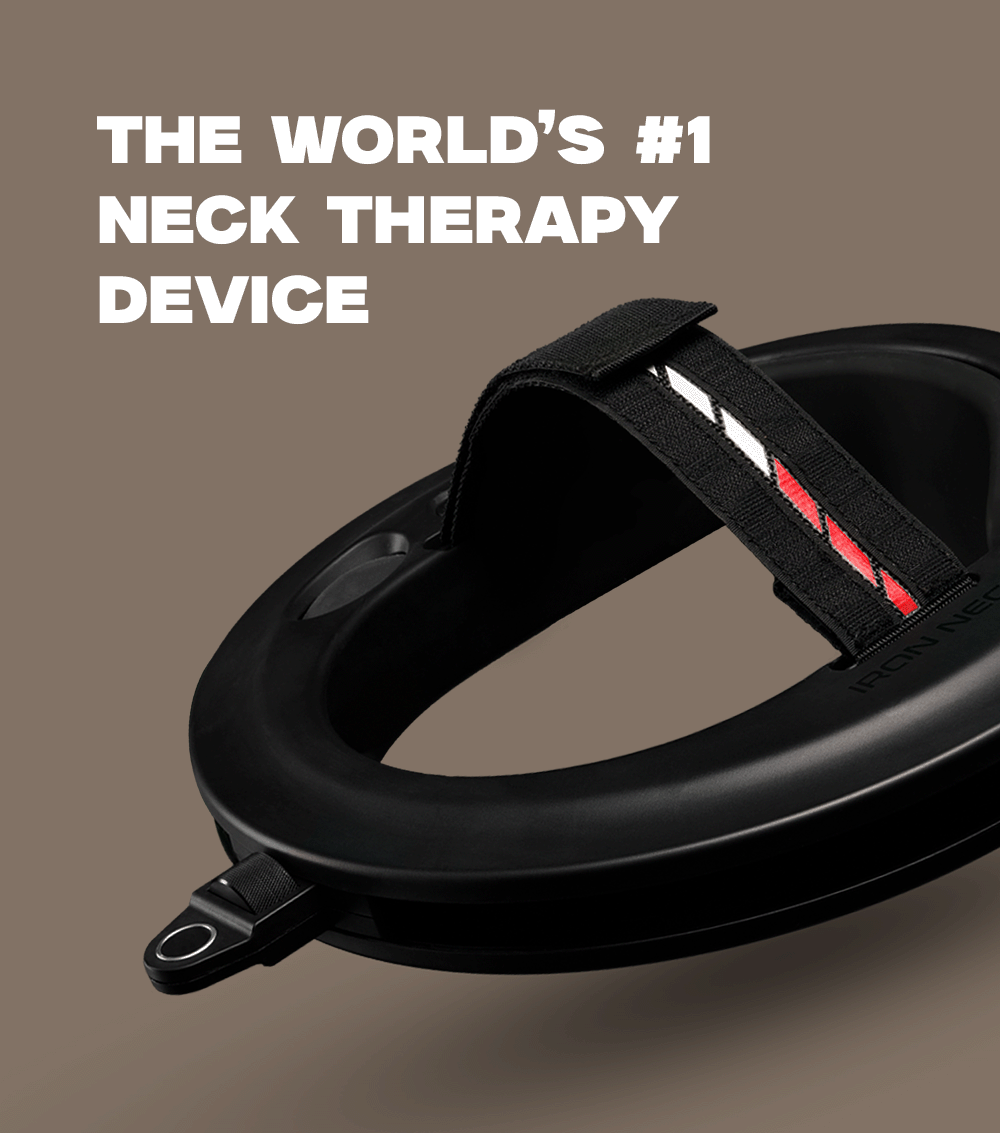
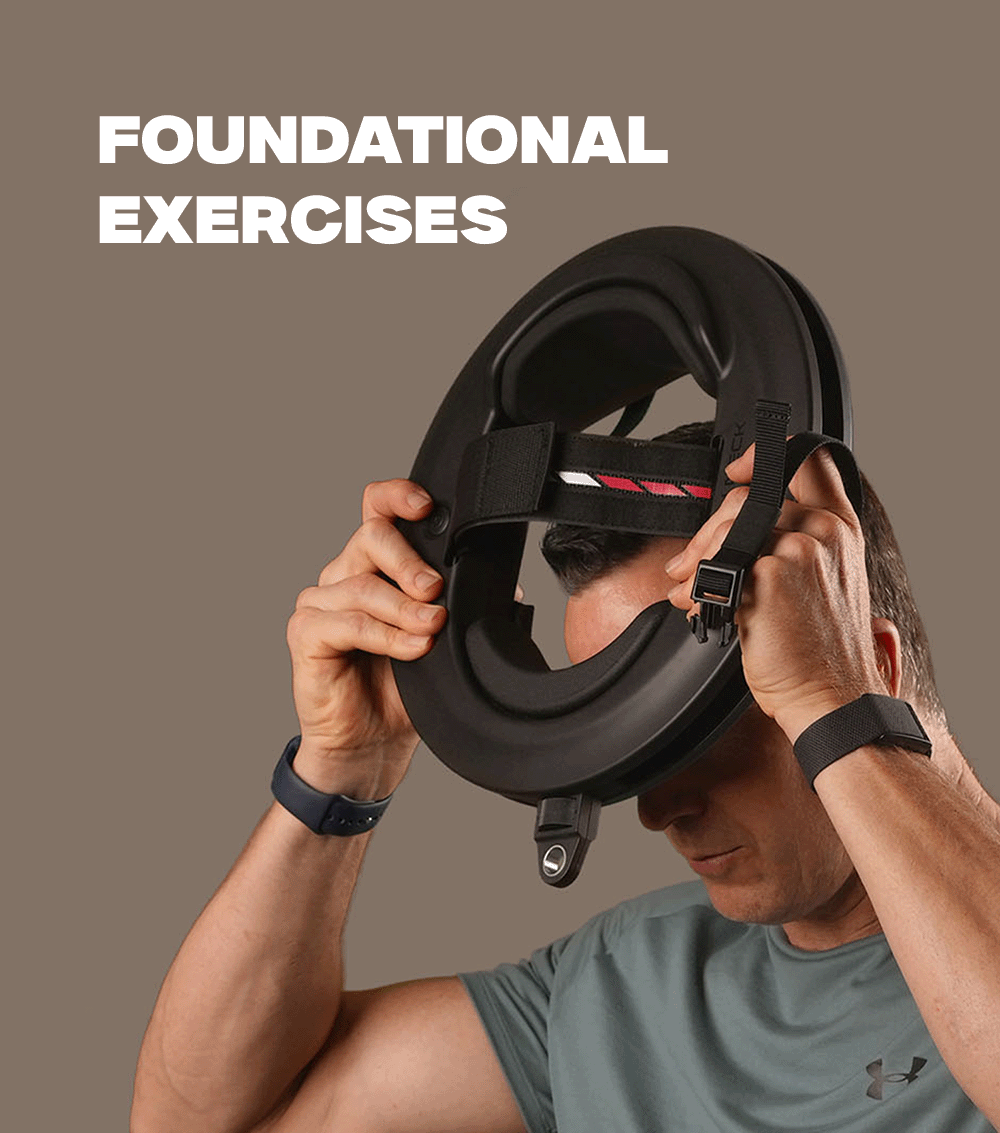
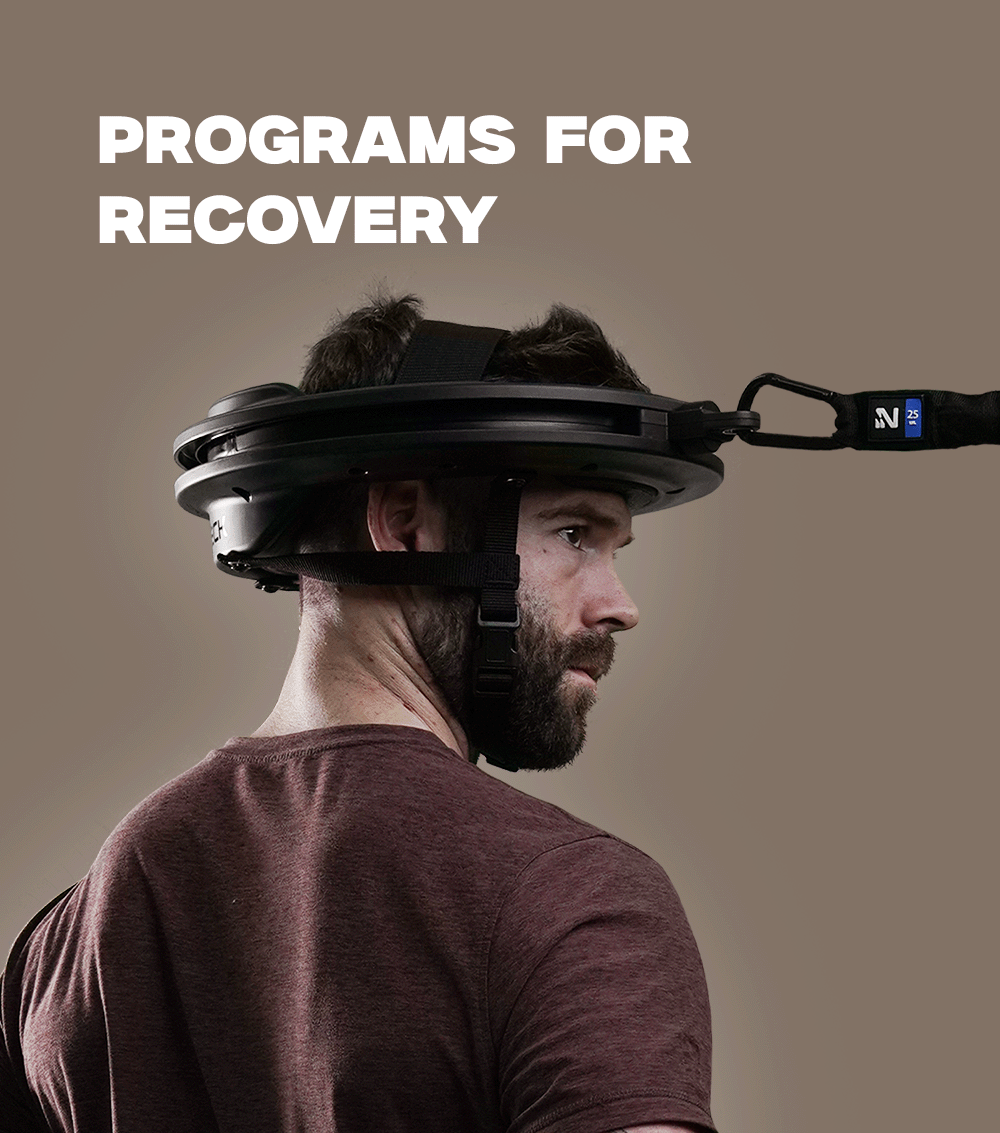
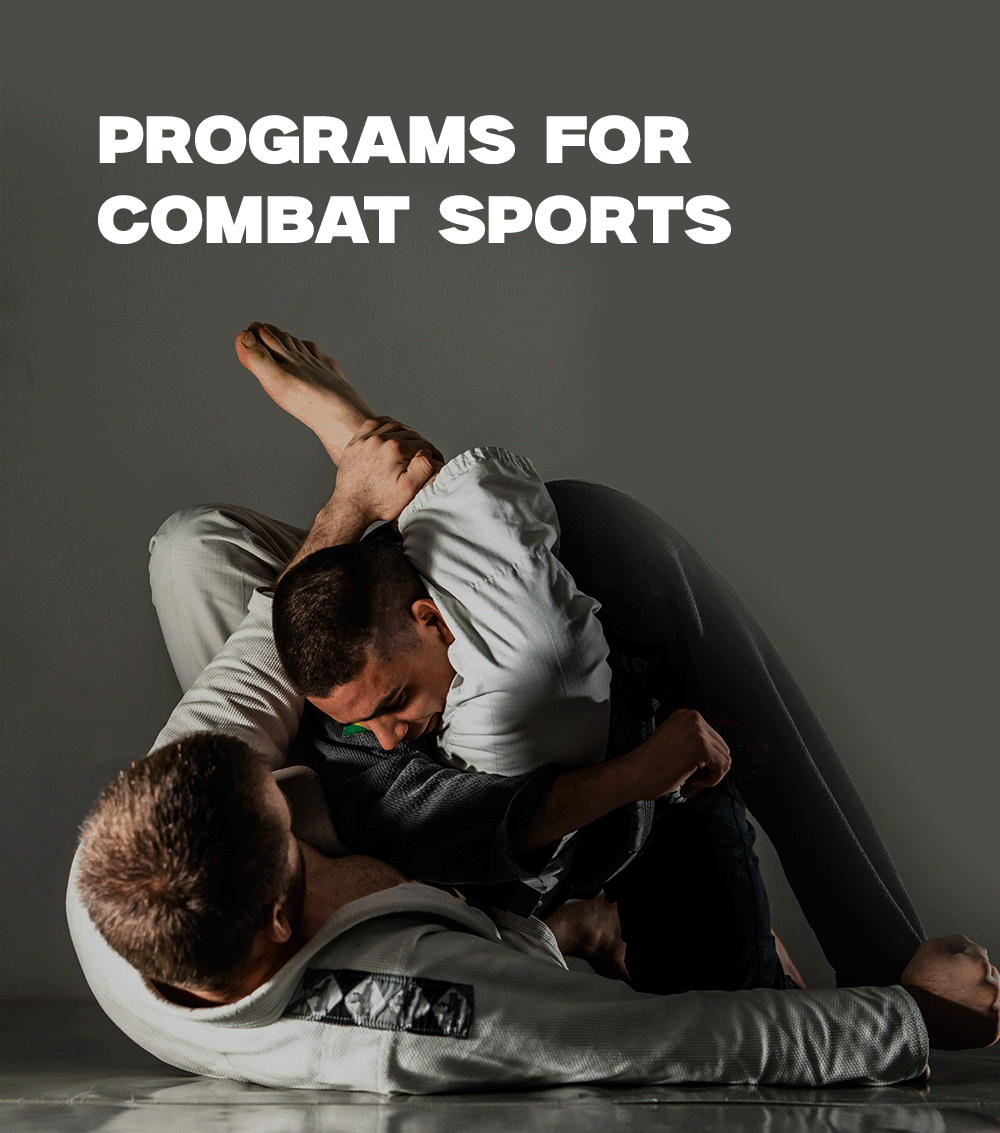


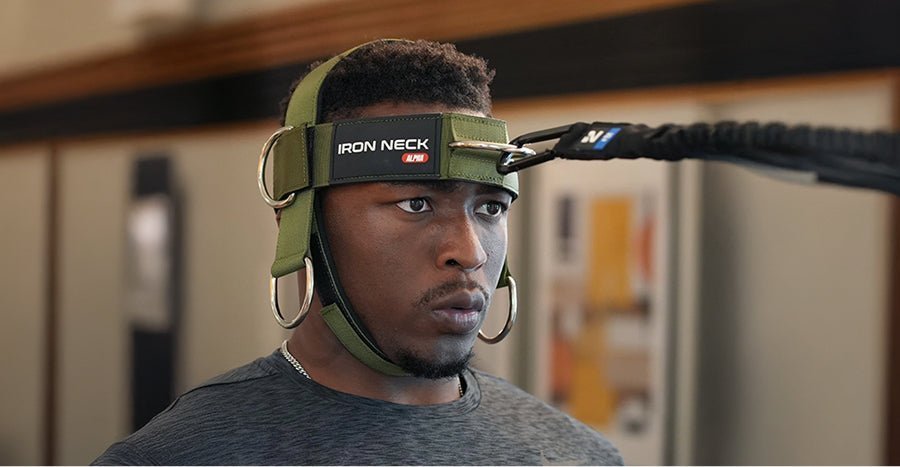
Leave a comment
This site is protected by hCaptcha and the hCaptcha Privacy Policy and Terms of Service apply.